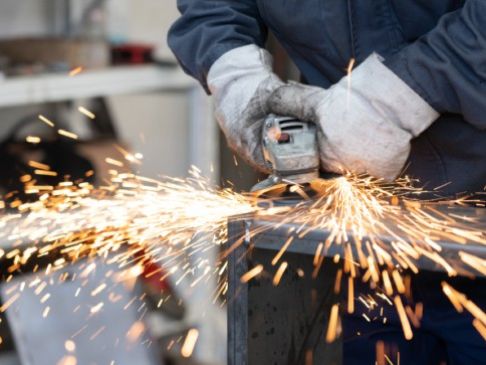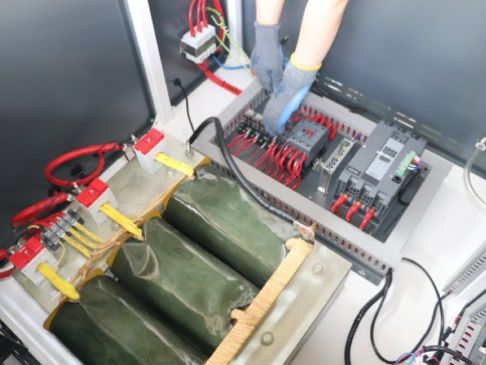Time:
High Temperature Heating Element Materials for Industrial Furnaces
A heating element is used to convert electricity into heat, and within an industrial furnace, there are various materials that can be used. Typically, iron-chrome aluminum or nickel chrome alloys are used in furnaces, and the standard shapes are cylindrical, semi-circular, or flat panels. This blog post will look at the other different types of materials that can be used as high-temperature heating elements.
PRECIOUS METALS
A precious metal can be materials including pure platinum, pure rhodium, and platinum/rhodium alloys, however these materials aren’t as common as others as they have a high cost. Precious metals are often used as high-temperature heating elements for specialized applications in the glass industry and research and development.
Pure platinum is often used as a high-temperature heating element in standard use temperatures of 1450oC – 1600oC, and oxide and metal losses can be reduced by embedding the material with a refractory.
Pure rhodium works well as a high temperature heating element due to its melting point of 1960oC, improved hot strength, high grain growth temperatures, good vapor pressure, and oxide evaporation rates.
Typically, alloys of platinum and rhodium are used as they exhibit improvements in vapor pressure, oxidation rates, and use temperature.
TUNGSTEN
Tungsten is a rare metal that is often used as a high temperature heating element as it has a high melting point, allowing it to be used in temperatures of around 2500oC and in high vacuum levels of less than 10-4 Torr. At lower vacuum levels of below 10-2 Toor, it can be used up to temperatures of 1200oC.
MOLYBDENUM
Molybdenum has found it’s used as a high-temperature heating element within industrial furnaces since the 1930s and it is available in different configurations from wire, rod, strip, and tubes. It can be used in temperatures of up to 1900oC and needs to be heated in a vacuum atmosphere due to its high level of oxidation.
Related News

ndustrial furnaces are used globally for a wide range of applications. As the selection of applications grew, different types of furnaces were developed to keep up with demands.
ASHING FURNACES
Ashing furnaces are used to determine the amount of ash that forms after a sample is burned. Typical materials used as samples in ashing furnaces are petroleum products, lubricating oils, and coal.

Our furnaces can be used in high-temperature tempering, annealing, quenching and other
Get A Free Quote
Submit Request